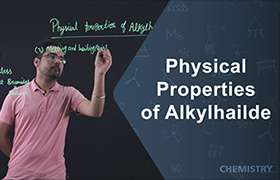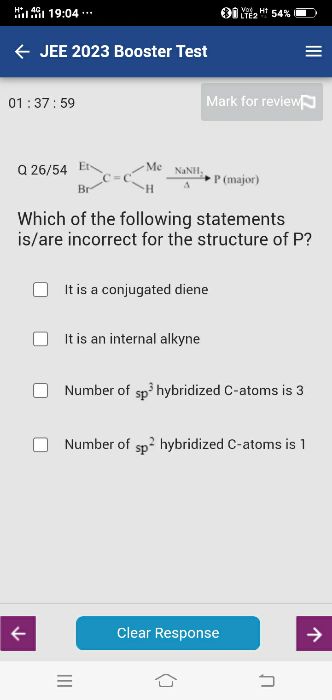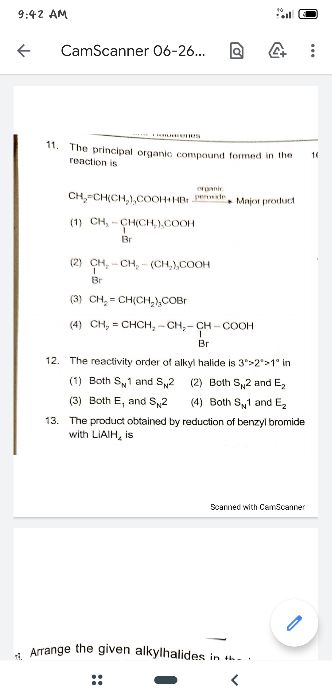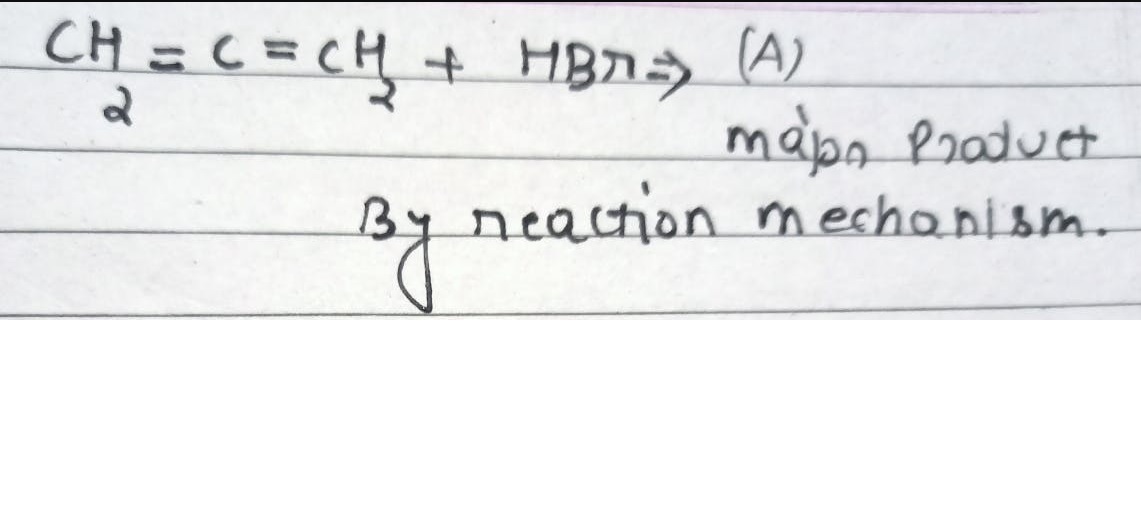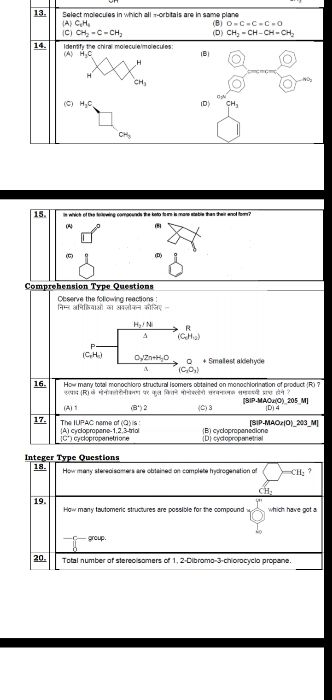CBSE Class 12-science Answered
Is it possible to remove any hydrogen atom near halide ion in the elimination reaction to form alkene?
Asked by vasturushi | 11 May, 2017, 06:46: PM
In both E1 and E2 elimination reactions, hydrogen atom attached to the carbon atom which is attached to that carbon atom bonded to halide ion.
The difference is E1 is two step and E2 is one step rection.
Hope it clears your doubt!
Thanks for your remark of appreaciation as given below. It gives true satisfaction to us by knowing that our hardwork to aid the students resolve their doubts really works!
Answered by Prachi Sawant | 12 May, 2017, 10:55: AM
Application Videos
Concept Videos
CBSE 12-science - Chemistry
Asked by surajbhanupatro44 | 07 Nov, 2023, 12:01: AM
CBSE 12-science - Chemistry
Asked by mayamishra9540500880 | 04 Jul, 2022, 07:11: PM
CBSE 12-science - Chemistry
Asked by harshaldpathak | 11 Jun, 2022, 05:37: PM
CBSE 12-science - Chemistry
Asked by amitkumar.cis | 01 Jan, 2021, 09:15: PM
CBSE 12-science - Chemistry
Asked by me.mirzainayat | 14 Nov, 2020, 07:31: AM
CBSE 12-science - Chemistry
Asked by Prachidewangan74 | 02 Oct, 2020, 03:02: PM
CBSE 12-science - Chemistry
Asked by sujithanathan119 | 01 Jun, 2020, 12:00: PM
CBSE 12-science - Chemistry
Asked by ng9045007209 | 21 May, 2020, 07:47: PM
CBSE 12-science - Chemistry
Asked by gangavaramouni | 26 Mar, 2020, 10:33: AM

